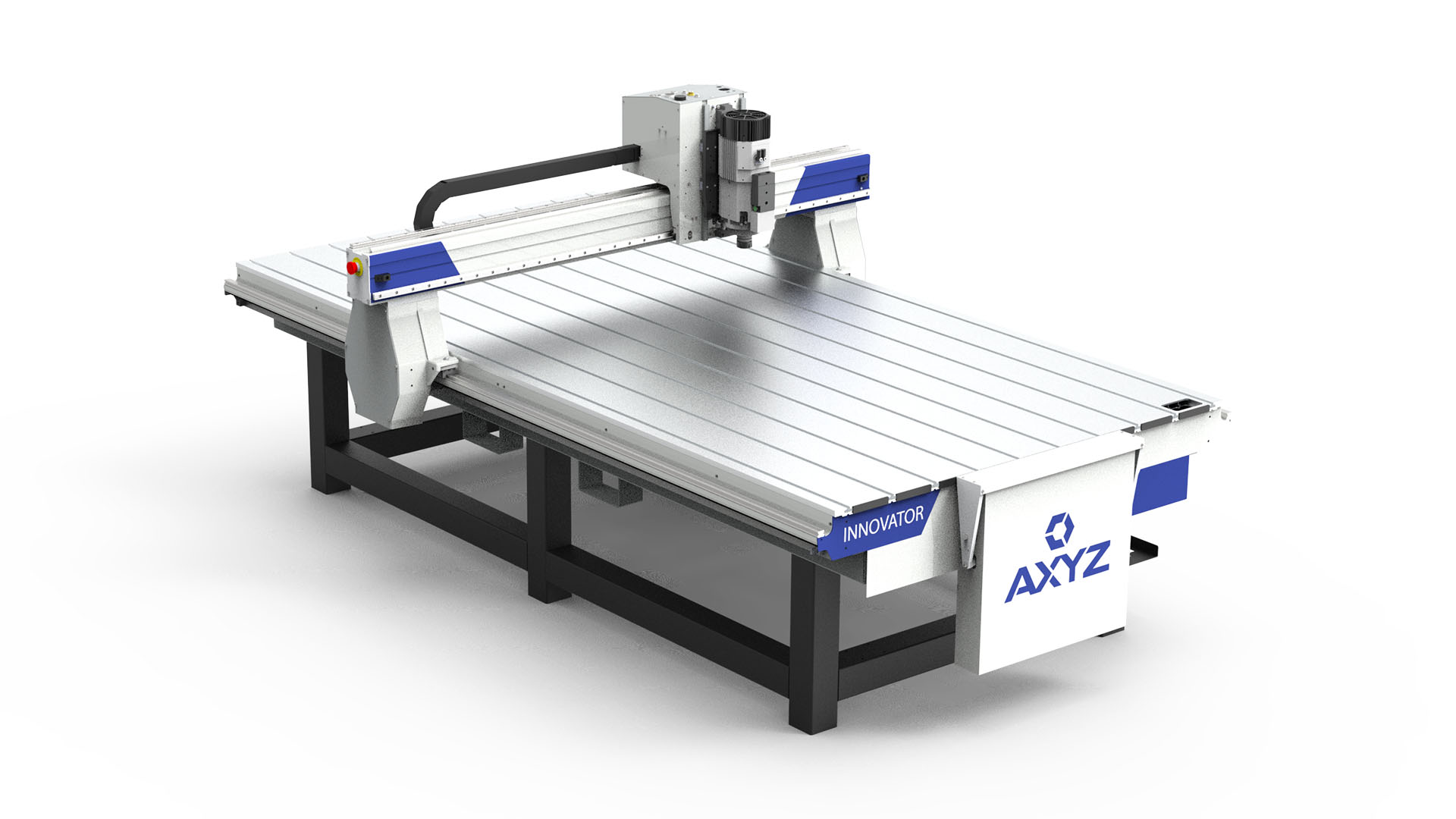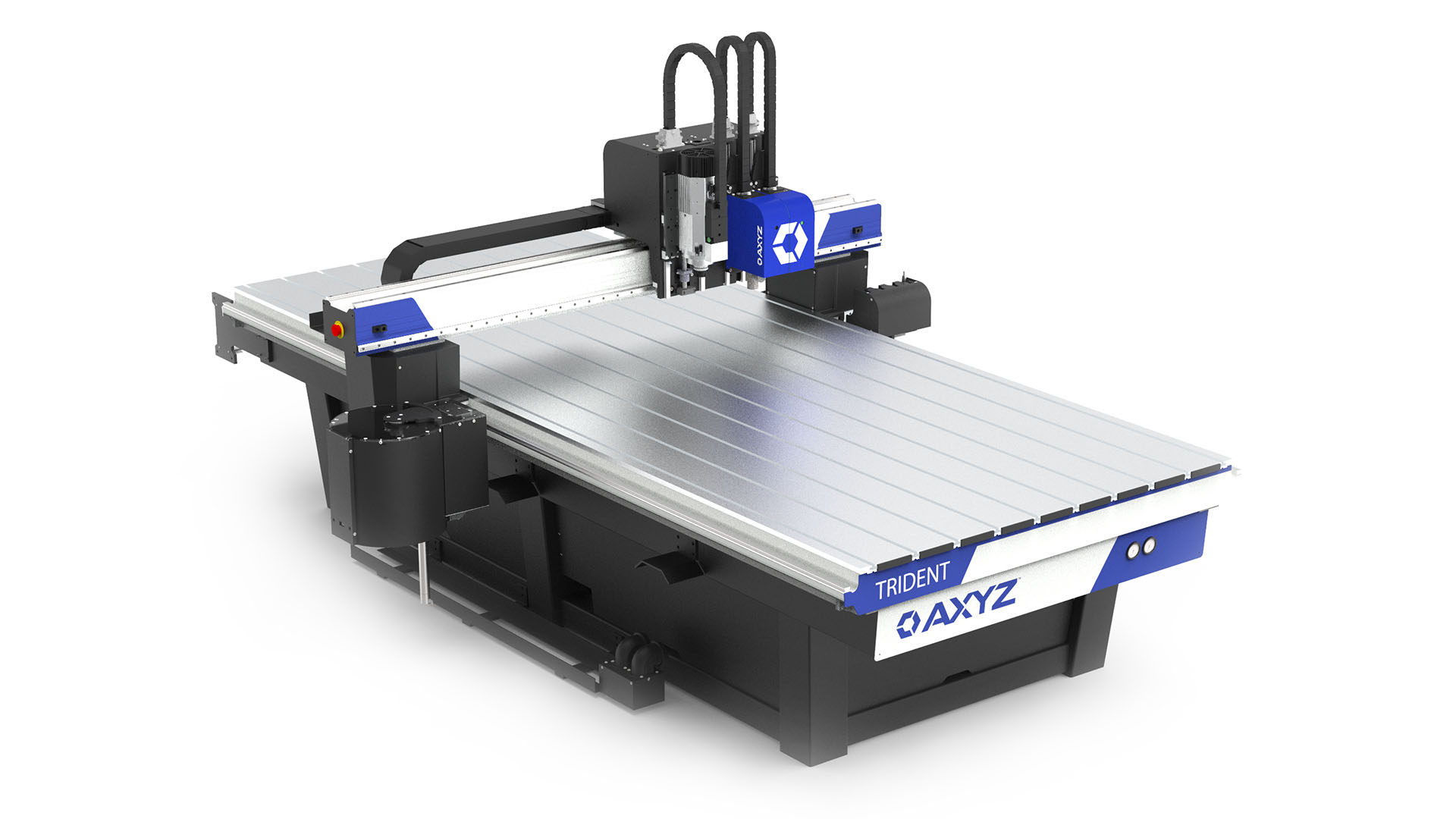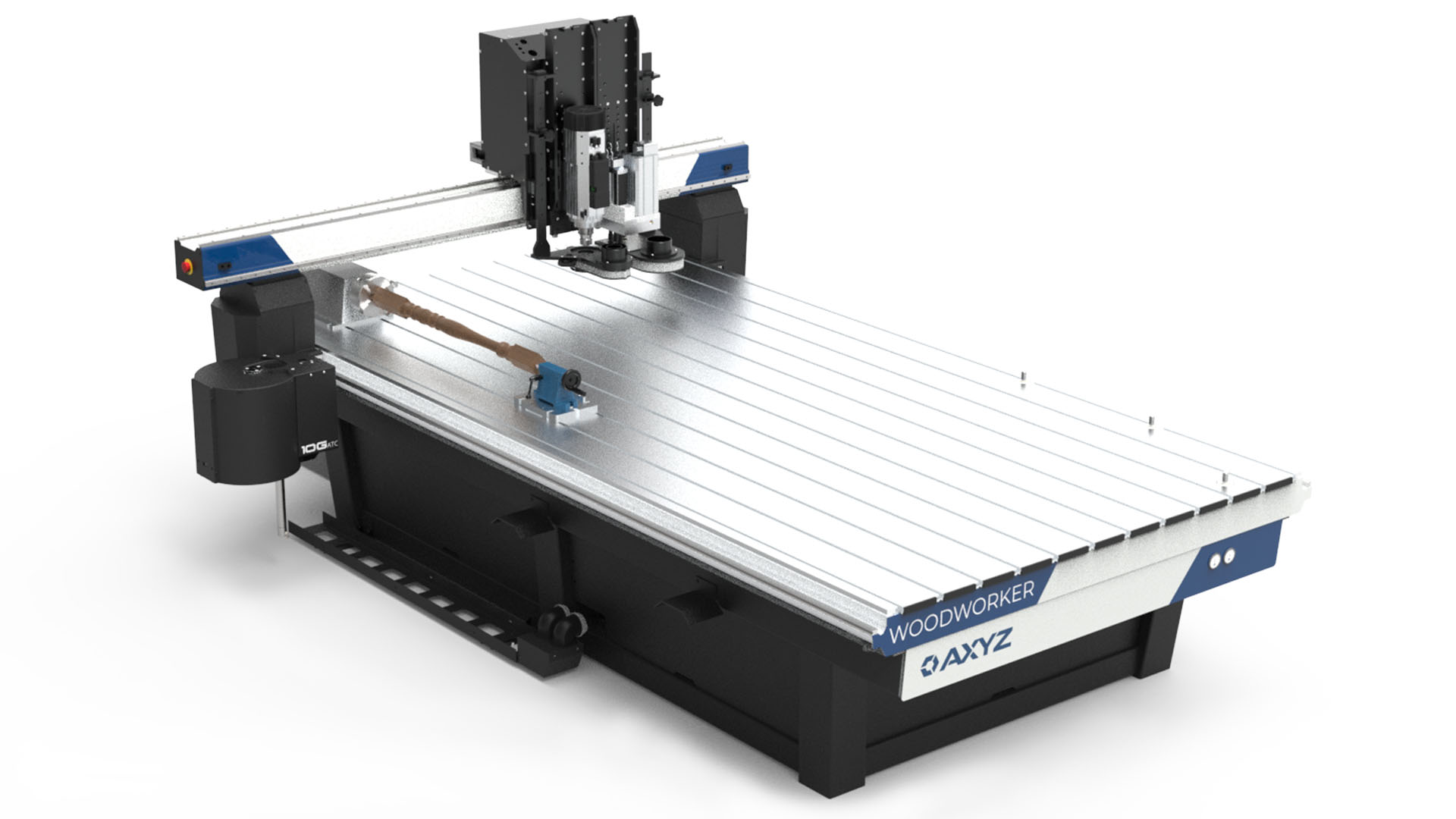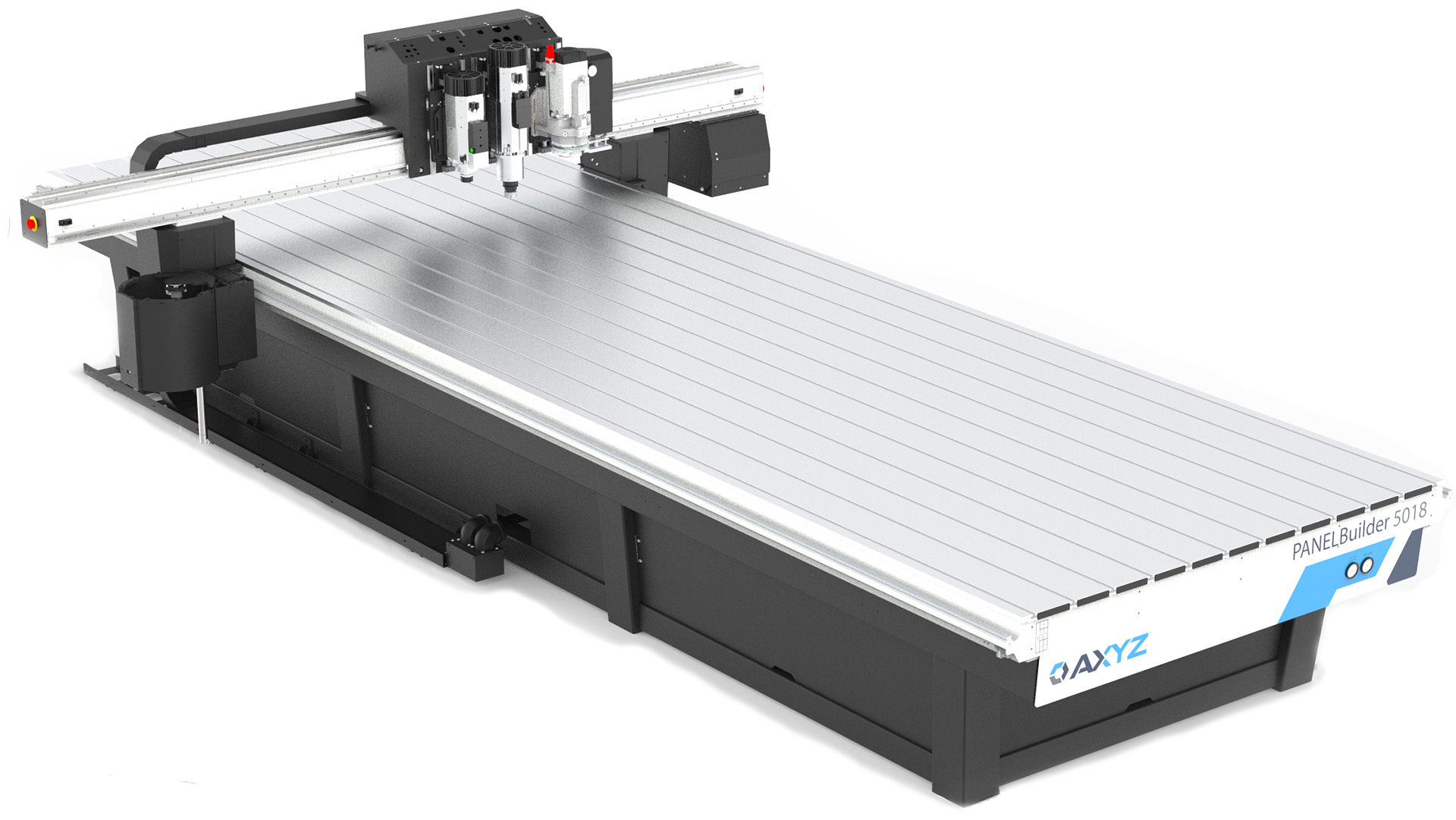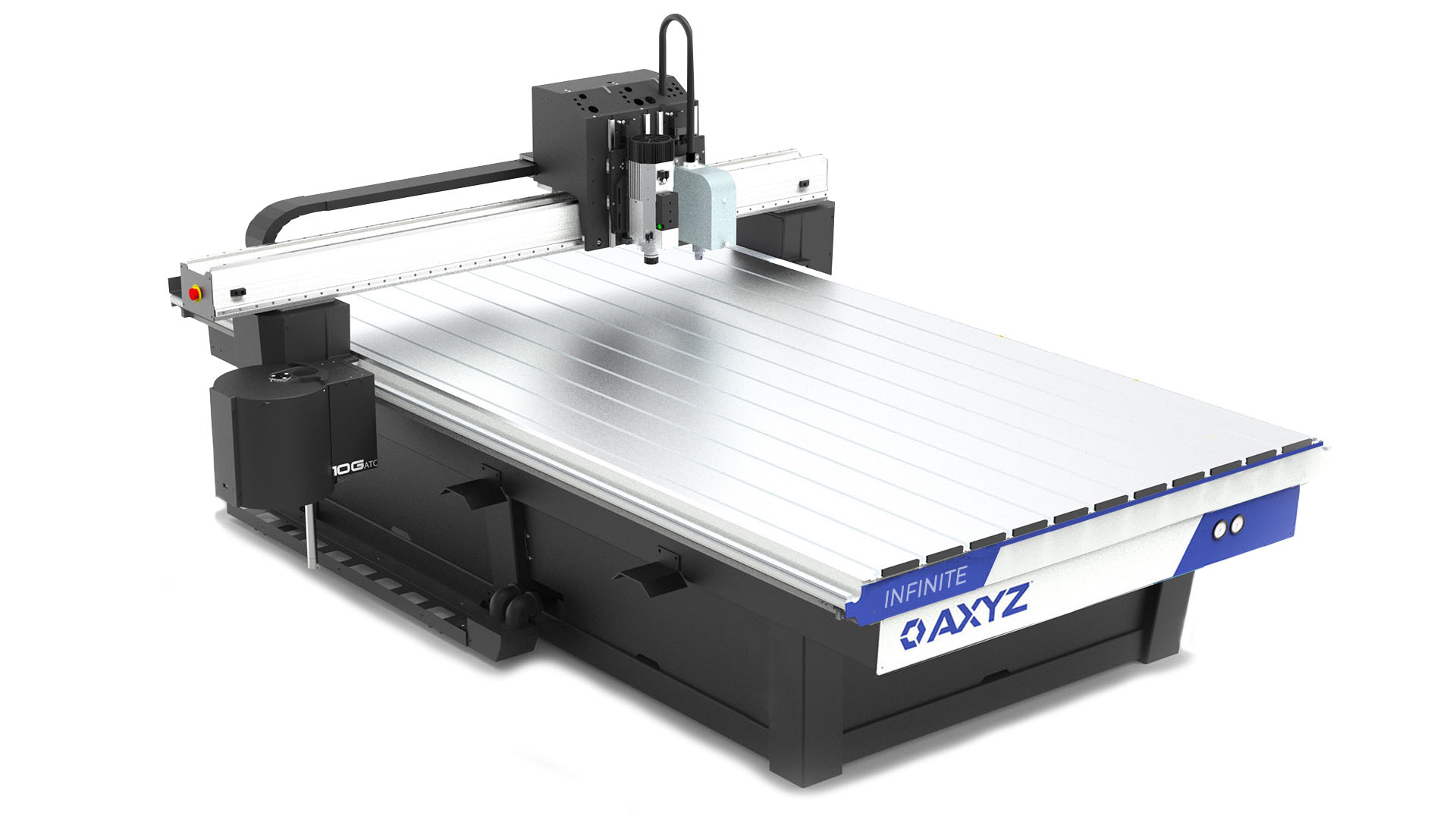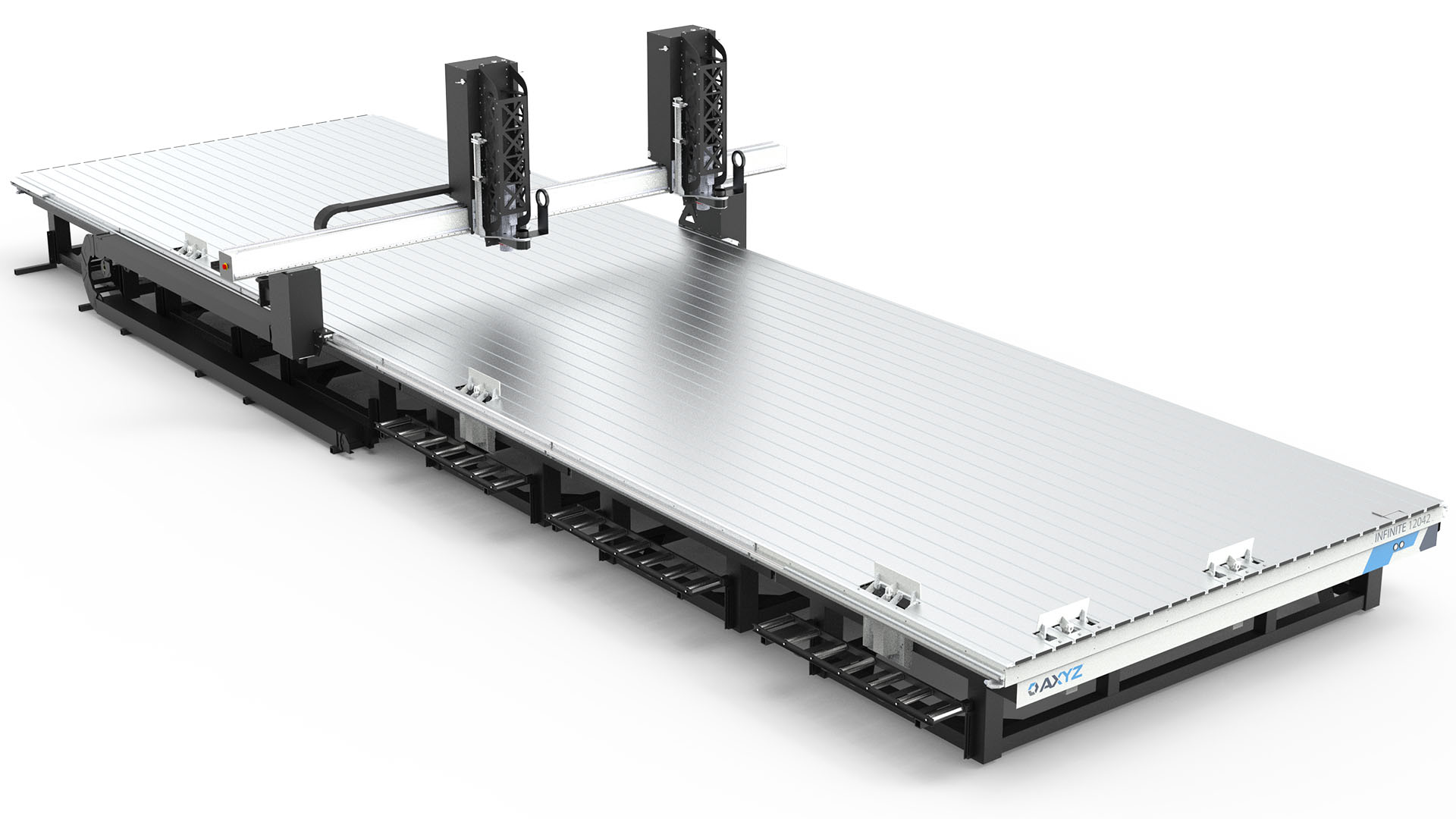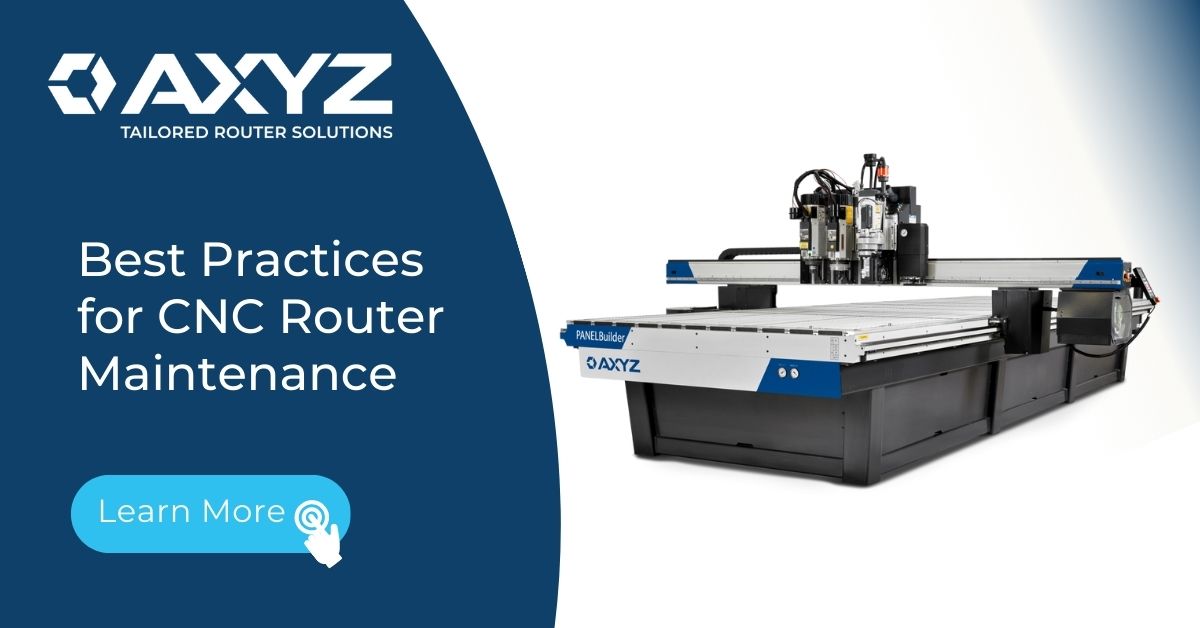Published in the October 2016 issue of Sign & Digital Graphics.
One of the biggest equipment investments for sign and graphics manufacturers is a CNC router. With practically unlimited capabilities and options, CNC routers and knife hybrids are essential for companies that want to increase and improve their production offerings. To protect the investment in this technology, it makes sense to establish a thorough maintenance program to ensure the life of the equipment and minimize costly downtimes. Yet despite the obvious risk, maintenance is often an after-thought and potentially disastrous oversight for many business owners.
One reason for this oversight, when it comes to machine upkeep, is the reluctance of budget-strapped businesses to lay out additional cash for an ongoing maintenance program offered by the manufacturer or supplier. The assumption is that the high-tech equipment should operate reliably for many years without much action on the owner’s part.
One would never make that assumption if, for example, the product was a new car. No one ignores basic maintenance such as an oil change or tire inflation and rotation. It’s no different with a CNC router. Regular maintenance is imperative for assuring the longevity of this major capital investment.
Recognize and Eliminate Vulnerabilities
Today’s CNC routers are the classic examples of technological sophistication, but like every other high-quality piece of equipment, their usefulness and longevity cannot be taken for granted. Lubricating bearings, ball screws and racks may seem rather low-tech, but experience suggests the last thing any device needs—especially those with advanced technology—is metal-to-metal contact. It all may seem rather basic and easily administered, but comprehensive and effective router maintenance requires far more than the application of lubricants.
Consider barrel assemblies, transmissions and the condition of pinions, all of which are a necessity for every maintenance plan. So is an ongoing check of air pressure to verify that the supply is clean and dry.
In addition, a thorough preventive maintenance program has to include the router’s electrical components, in particular the electrical box, inverter and fans. Two other potential points of vulnerability are the vacuum table and gaskets. Leaks are a possibility for the former, while the latter can be at risk for damages that would impair smooth router operation.
In-House Maintenance
A maintenance program such as this one may appear to be so basic and simple that the user, having invested considerable funds in the router, may be tempted to follow the owner’s manual schedule and do all the maintenance in-house as a cost-saving measure. That can certainly be done, but it could be counterproductive should the in-house preventive steps fall short of manufacturer recommended maintenance. That brings us to the subject of service contracts and whether they justify the investment. Most manufacturers and users say that they do.
The underlying reason is that the contract is considered an insurance policy on a valuable investment vital to the continued operation and growth of the business. Advocates argue that contracts—such as those offering discounts on consumables—save money and, in effect, pay for themselves in the long run. Not to be overlooked are labor costs, which can be quite high if major work is required. Perhaps this explains why some sign businesses that initially rejected execution of a service contract tended to change their mind in less than two years.
Yet there are reasons why some companies are willing to roll the dice. Some are on extremely tight budgets with little room for additional expenditures. Others tend to trust the skills of their associates to ensure that maintenance is competently handled. There is no denying that a proficient associate in-house team may be able to handle service basics for some time. But what happens if the need goes beyond their proficiency? It is a question that shop owners and accountants or finance officers have to weigh very carefully because the bottom line of the business could be at risk.
Service Contracts
Determination of cost and subsequent value of the service contract takes in a number of factors. The biggest has to be the service provider. Companies owe it to themselves to conduct due diligence on the provider’s history and track record for capably carrying out service and repairs promptly. In fact, every aspect of the provider’s support operation should go under the microscope. Proof of timely and responsive service should be mandatory for every evaluation.
The best test of a company is the support it offers if a machine goes down. Maintenance and delivery of repairs under this extreme condition will determine the quality of the provider as much as the value of the contract. So too is the following list of best maintenance and support practices that every business should demand of a service contract provider:
- Vendor/supplier should have a workforce on standby for customer care. Vendors limited to business hours only need not apply.
- Service technicians should be qualified to answer questions over the phone. Nothing is worse for a company in need of immediate repairs than having to deal with someone on the other end who is nothing more than a message taker. Qualified personnel should be available 24/7.
- Confirm that service technicians are readily available to install, maintain, service and repair machines. No company should be put on a waiting list.
- Ask if the vendor/supplier offers online and/or over the phone software training. Such courses save the business time and money while developing associate expertise.
- Clarify that customer care personnel can address tooling questions and concerns. It’s not enough to know all about the router. Successful use of cutting tools also requires a thorough knowledge base, which the provider should be able to offer.
Case in Point
Tim Emerson, president of DuraPlaq in Longmont, Colorado, says that, based on his company’s experience, he is a service plan advocate. DuraPlaq is a large-format design company that works with woodgrain, sustainable composites and metals. Emerson’s CNC router has had very few downtimes, but when those have occurred, his service plan has enabled him to get replacement parts promptly.
“It’s very pocketbook friendly, and with our plan we can be assured of new parts for our machines at all times,” Emerson says. “We deal with high-end photographers and companies, so it’s just not worth it to try to cut corners, which you have to do if aren’t covered by a plan.”
Reducing Risks
At some point in the life of a router, parts replacements are inevitable. The costs likely to be incurred justify the need for strategic maintenance planning. Investing in a service plan at the beginning is the best way to avoid expenditures likely to become prohibitively expensive if the company decides to play the waiting game. Experience shows that for the router, as with any complex mechanical device, the lack of a thorough maintenance program means the company has unnecessarily placed itself at risk for costly failures.
Service provider reliability is as important as the maintenance program if a sign business hopes to avoid unnecessary, unacceptable and costly downtimes. So is maintenance, but there is still one other important benefit from service plans to consider—growth.
By maximizing router use and efficiency without worrying about downtimes and budget-busting part replacements, the company can grow its production and customer offerings. It’s all about using the service plan to help propel the business forward.

